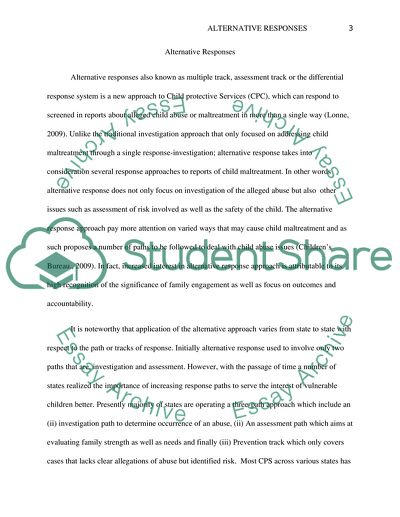Cite this document
(“Alternative Responses to Child Protective Agencies Research Paper”, n.d.)
Alternative Responses to Child Protective Agencies Research Paper. Retrieved from https://studentshare.org/law/1758267-alternative-responses
Alternative Responses to Child Protective Agencies Research Paper. Retrieved from https://studentshare.org/law/1758267-alternative-responses
(Alternative Responses to Child Protective Agencies Research Paper)
Alternative Responses to Child Protective Agencies Research Paper. https://studentshare.org/law/1758267-alternative-responses.
Alternative Responses to Child Protective Agencies Research Paper. https://studentshare.org/law/1758267-alternative-responses.
“Alternative Responses to Child Protective Agencies Research Paper”, n.d. https://studentshare.org/law/1758267-alternative-responses.


